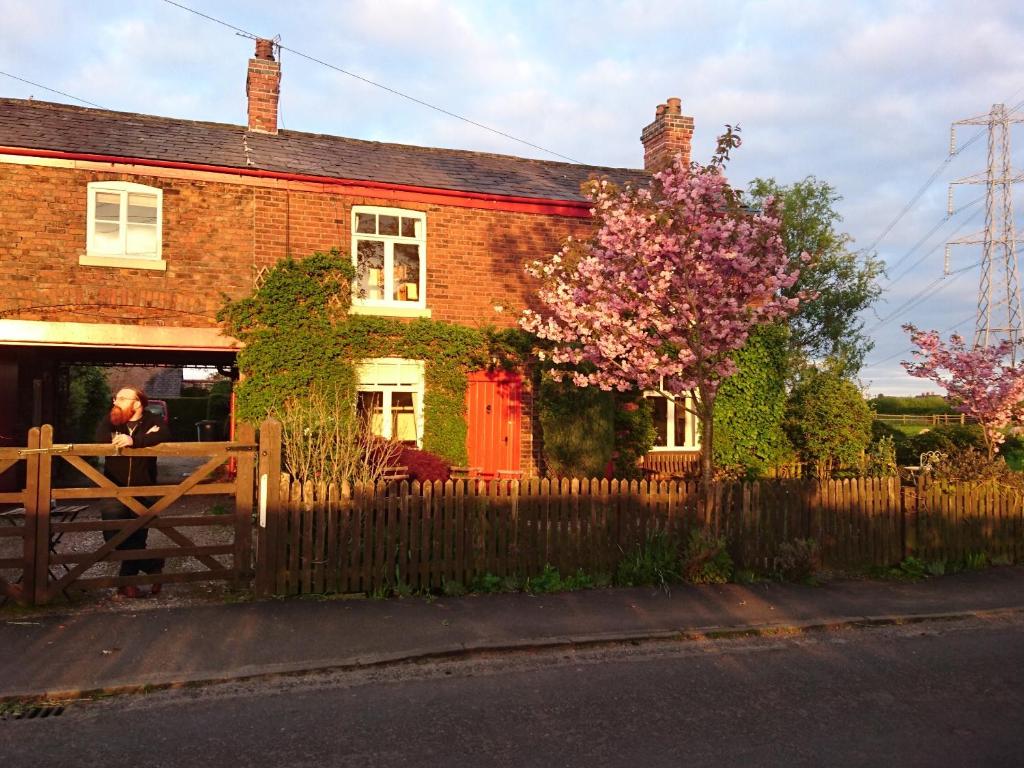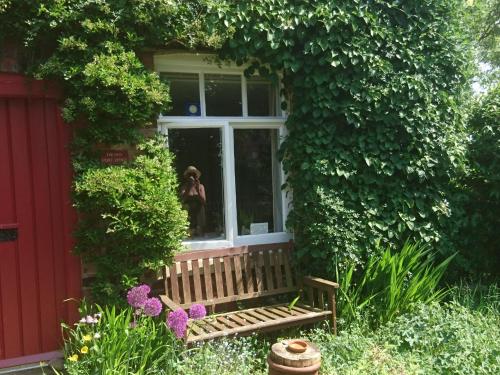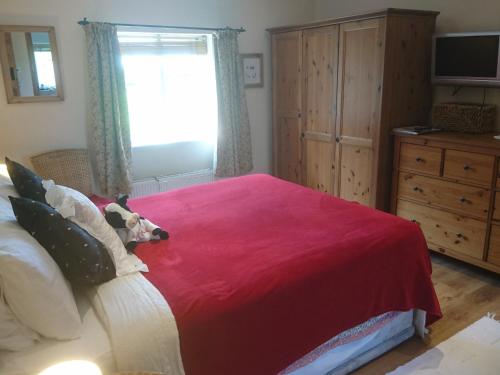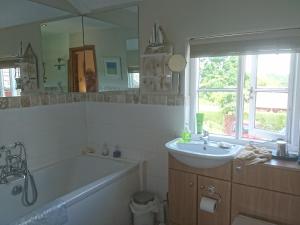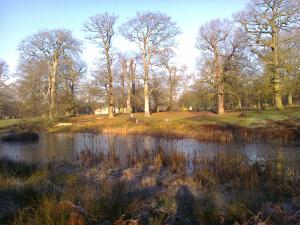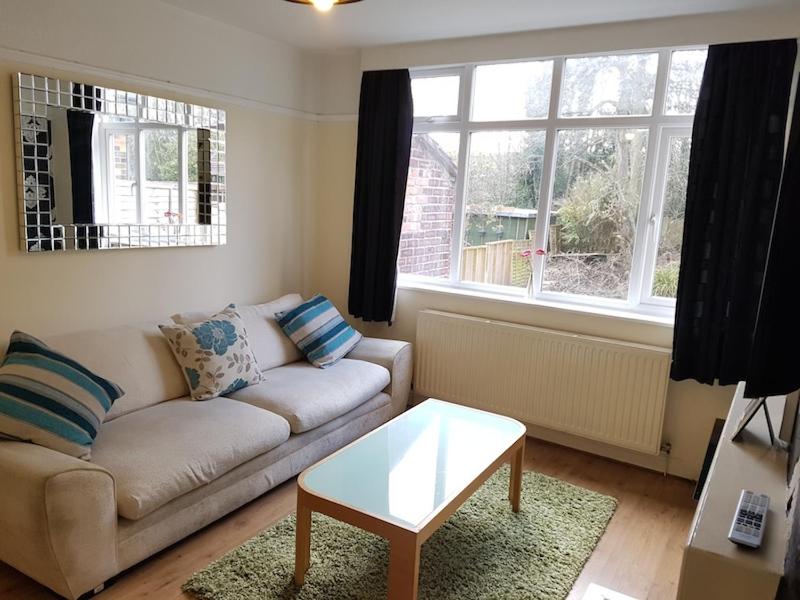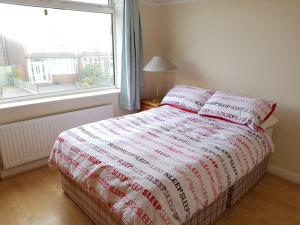Mentioned by Tripadvisor's Top Things to Do
Top things to do in Manchester
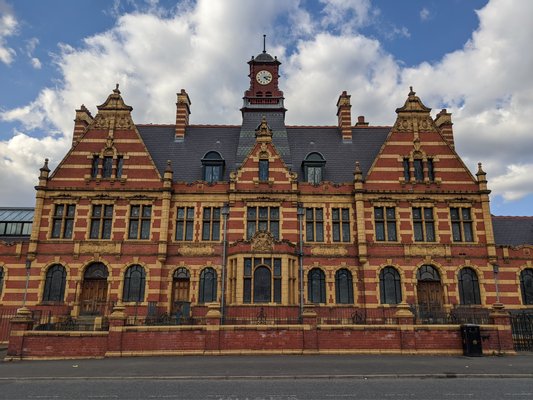
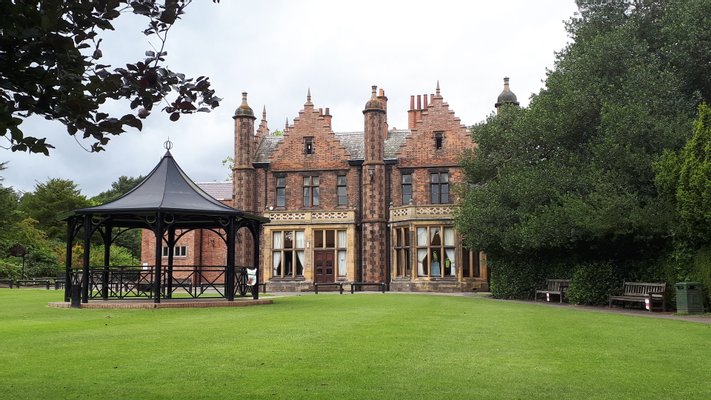
"Lavish Elizabethan-style hall with ornamental gardens, including picnic areas, a kids' zoo and cafe. Address : Walton Lea Rd, Higher Walton, Warrington WA4 6SN, United Kingdom"
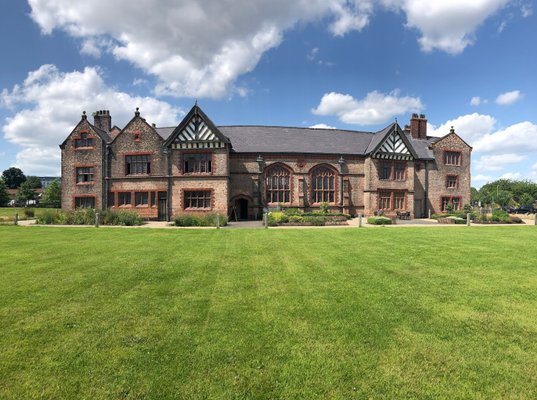

"The seat of the Roman Catholic Diocese of Salford is among the largest Catholic places of worship in the North of England. The diocese, one of the first to be founded in England since the Reformation 300 years earlier, was set up in 1850 while the building was completed in 1848. The architect was Matthew Ellison Hadfield, who designed several Roman Catholic churches in the mid-19th century, all in the Gothic Revival style."

"Before he founded the Scout Movement, Robert Baden-Powell set up the Salford Lads’ Club in Ordsall in 1903. The idea behind clubs like these was to keep young boys in deprived areas out of trouble, and channel their energy into constructive pursuits and sport. The list of former members here is illustrious and includes the actor Albert Finney, the Busby Babe Eddie Colman and guitarist Graham Nash of the Hollies and Crosby, Stills and Nash."
"You may recognise The Salford Lads’ Club from the famous cover of The Smiths’ hugely popular 1986 album The Queen is Dead, with a bouffant-haired Morrissey and co stood outside its doors. Now you’re in Manchester, you’d be silly not to venture out to this same spot for a Smiths selfie with your fellow travellers. A popular venue for Manc-music fans; head inside to learn more about the band and to buy exclusive merchandise."
"Located a 20 minute walk away from the Peel Park campus, Salford Lads' Club was established in 1903 as a purpose built club for boys. The club was famously featured on the cover for the The Smiths album 'The Queen is Dead'."

"This stirring Jacobean Revival country house owes its current appearance to the Victorian architect Edward Blore, who also worked on Buckingham Palace and St James’s Palace. His remodelled facade is from the 1830s, though the house dates back more than a century before. Capesthorne Hall is now primarily a wedding venue, but does receive visitors on Sundays and Mondays during spring and summer."

"You can walk along the canal, through the Castlefield Urban Heritage Park on your way to the Museum of Science and Industry. Castlefield Urban Heritage Park. Admire the old industrial buildings, soak up the atmosphere of the canal, and see how Manchester used to be in years gone by."

"Discover the fascinating history of Adlington Hall as you tour The Great Hall, the chapel, oak-panelled dining room, the Minstrel’s Gallery, the number 10 bedroom, and more. Alongside the Great Organ, visitors can enjoy the original furniture, paintings, and décor of the building, or wander the gardens, attempt the maze, or enjoy a slice of homemade cake and a cup of tea in the tea room. I Opening Times: Public open days run on Sundays and Bank Holidays during April and September."
"A tremendous mixture of styles, Adlington Hall was founded at the end of the 15th century and then reworked in the 18th century. So while the north and east facades have romantic black and white timber framing the south and west wings are brick built, with a solemn Palladian portico. Adlington is hired out for weddings, but on Sundays between April and October the house and gardens are open to visitors."



"Dress up as a Victorian, visit several rooms, have lunch in the café, or take part in a guided tour. A really fun way to learn about Victorian and Mancunian history. Highly recommended for children, book, music and history lovers."

"This is another opening that will be the talk of the town when it reopens, as the Manchester Jewish Museum unveils its £6m transformation to the public for the first time. You'll have to be patient though - the Chetham Hill venue won't open until July 2, when it kicks things off with a MIF co-commissioned installation. General admission tickets will be available soon at manchesterjewishmuseum.com."
"The Manchester Jewish Museum is the only Jewish museum you will find out of London. The Victorian building is Grade II listed and was built in 1874. It is, therefore, the oldest synagogue in Manchester."

"Housed inside a former Edwardian pumping station, the People’s History Museum is one of the city’s most exciting institutions, dedicated to the history of democracy in the UK. Covering subjects much more radical than your average museum, exhibits chart the past two hundred years of working-class life for the people of Britain. Pay a visit to learn more about the fight for the vote whilst perusing one of the largest public collections of political material in Britain."
"People’s History Museum is an interactive history museum documenting workers, politics and living conditions from the past 200 years. There is plenty for the kids to enjoy with lots of hands-on activities for all ages, from dressing up to playing shop in the Co-Op. With family-friendly trials, regular family events and for 3-6 years there are busy bee explorer packs."
"The national museum of democracy, the People's History Museum explores the social history of the country over the course of two floors showcasing displays, objects, items, and interactive exhibitions."


"Holy Name Church, University of Manchester was built between 1869 to 1871 to give all Catholics in Manchester the perfect avenue to congregate and celebrate their faith. A sight to behold with its gothic revival architecture design, this church that can hold up to 800 people will truly give you a majestic view. Open from 7:30 Am to 10 PM, the church welcomes all its visitors with the relaxing ambience complimented by dramatic lights of the candles continuously burning in the altar as well as the soft music played in its background."


"The municipal museum was founded in 1848 and moved into its purpose-built Neoclassical home in 1857. This is one of the UK’s oldest town museums and the building has kept its original character. As with the best municipal museums, the collection is a big jumble of local industrial artefacts, Egyptology, Roman archaeology, coins, ethnographic displays, items from the Civil War and zoological and botanical specimens."

"This underground bohemian non-profit café serves also as an exhibition space for local up and coming artists; so enjoy coffee and lunch, while admiring the latest art installation, in the company of creative individuals. Tucked away, just off Oldham Street, lit with a neon pink sign, and a quirky window display, follow the artwork down the stairs as you are led into the café. Greeted by a buzz of chatter, an assortment of miss matched comfy chairs, and a book case with books to borrow, you are instantly made to feel welcome."
"This not-for-profit establishment located in the heart of Manchester has combined creativeness with non-alcoholic beverages and craftsmanship. This is the perfect place to head if you’re looking for a relaxed yet fun atmosphere. Regular events and art exhibitions are extremely popular here, the delicious cups of hot coffee are just a great bonus!"

